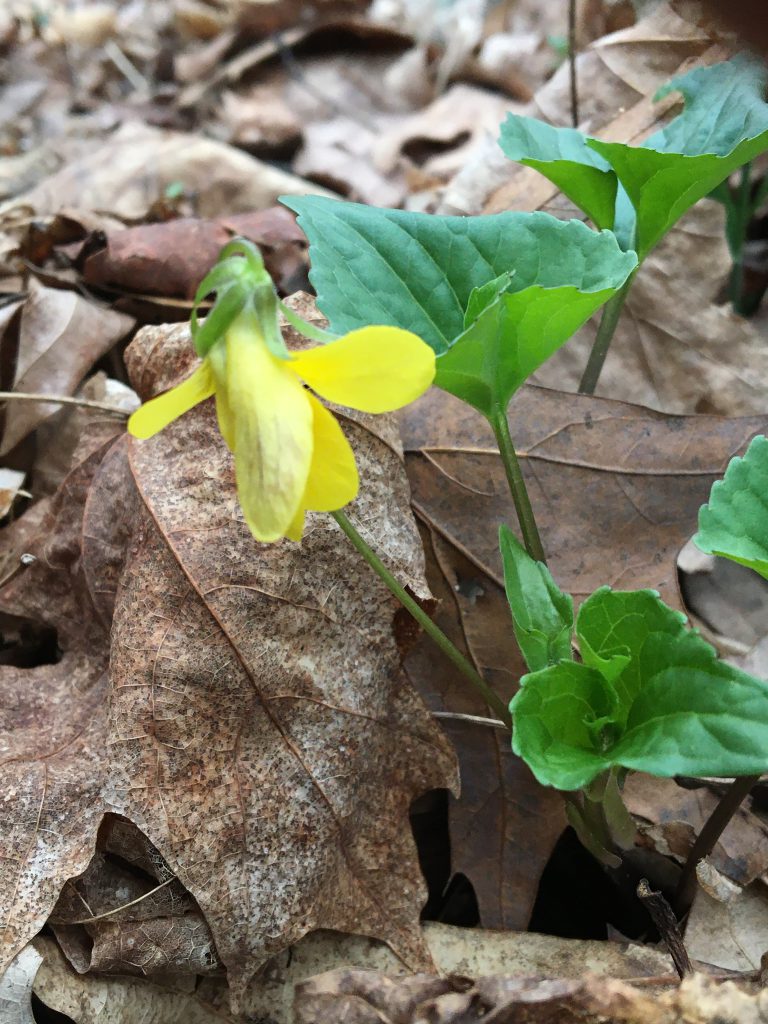
We’ve heard about a few of your vernal pool trips this week!
Some of you joined us virtually for a Zoom field trip today. We livestreamed from the vernal pool on the Cucumbertree trail in Athens. We saw:
- bullfrog tadpoles,
- dragonfly exuvia,
- red-spotted newts, and
- a 4-inch-long water scorpion.
We share some of what we learned below. Like: how some frogs breathe through their skins, but some insects breathe through their butts.
Other people took their own trips. Take a short video trip with our friends, Juni and Maggi!
Juni and Maggi showed us how they find living organisms in their pond, and how they used iNaturalist to identify them.
What species did they find? How does it fit into the food web of the pond? If you like, do a little research and tell us what you figure out.
You can also explore more Ohio wetlands through these 360 photos here.
Questions to ponder from the field…
People asked a lot of great questions on our virtual field trip today. Here are few things we talked about!


